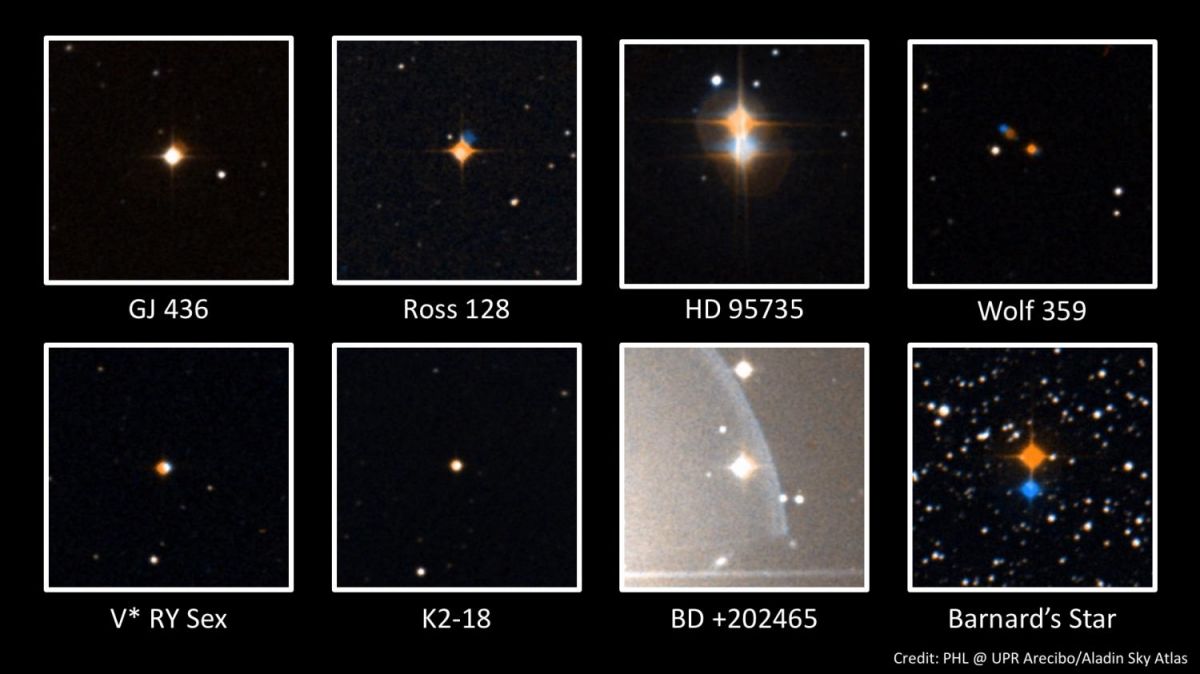Astronomers are receiving “strange” radio signals from a star relatively close to our own solar system, “just” eleven light years away. There is yet no waterproof explanation to what is generating these signals.

Researchers at the Arecibo Observatory in Puerto Rico are baffled by their latest discovery, after studying and recording radio signals from several stars in our relative vicinity in April and May this year.
On their website, they explain how they discovered “very strange” and apparently unique radio signals from a red dwarf star, named Ross 128, about eleven light years away from the earth. This is relatively close to our own solar system in astronomical terms.
The researchers emphasize that observations from similar stars in the same “neighborhood” in space have not resulted in any similar signals.

“We discovered that these signals were very strange during the ten-minute sequence we managed to capture,”
– Abel Méndez, research director at a space laboratory at Puerto Rico University, and continues:
“We do not think that these signals consist of electromagnetic interference because they are unique to the Ross 128 and observations from other stars just in the moments before and after did not show similar.”
There are presently three possible theories to what they might be. The researchers state that, at present, they aren’t able to answer that question but have three main theoretical explanations:
It could either be a flare from Ross 128’s surface, another celestial body that passed the star during observation or an outbreak or explosion on a planet or other satellite in an outer orbital pathway to the Ross 128.

At the same time, there are gaps to all of these theories, and researchers hope to collect new data, from more telescopes around our own planet to provide more data and potentially provide more clues.
“For those who wonder, the recurring hypothesis about aliens is at the bottom of the list of many other, better explanations,”
– Abel Méndez.
Update:
The researchers further analyzed the signal, and have determined that it most likely came from one or more geostationary satellites. “This explains why the signals were within the satellite’s frequencies and only appeared and persisted in Ross 128; the star is close to the celestial equator where many geostationary satellites are placed,” Méndez writes in a new post.
Reference:











![OpenAI. (2025). ChatGPT [Large language model]. https://chatgpt.com](https://www.illustratedcuriosity.com/files/media/55136/b1b0b614-5b72-486c-901d-ff244549d67a-350x260.webp)
![OpenAI. (2025). ChatGPT [Large language model]. https://chatgpt.com](https://www.illustratedcuriosity.com/files/media/55124/79bc18fa-f616-4951-856f-cc724ad5d497-350x260.webp)
![OpenAI. (2025). ChatGPT [Large language model]. https://chatgpt.com](https://www.illustratedcuriosity.com/files/media/55099/2638a982-b4de-4913-8a1c-1479df352bf3-350x260.webp)








